Top speed 235 km/h Length 7.76 m | Wingspan 9.99 m First flight June 1918 | |
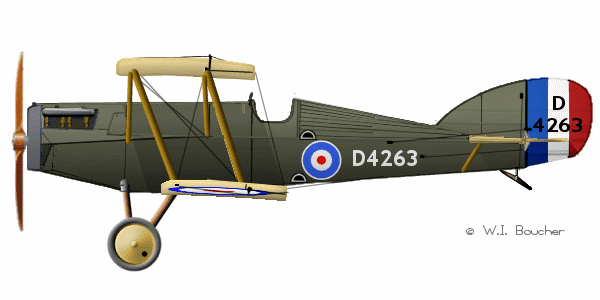 | ||
Martinsyde buzzard flights 1997
The Martinsyde F.4 Buzzard was developed as a powerful and fast biplane fighter for the Royal Air Force (RAF), but the end of the First World War led to the abandonment of large-scale production. Fewer than 400 were eventually produced, with many exported. Of particular note was the Buzzard's high speed, being one of the fastest aircraft developed during World War I.
Contents
- Martinsyde buzzard flights 1997
- Design and development
- Operational history
- Variants
- Operators
- Specifications
- References

Design and development

In 1917, George Handasyde of Martinsyde designed a single-seat biplane fighter powered by a Rolls-Royce Falcon V-12 engine, the Martinsyde F.3, with a single prototype being built as a private venture without an official order, and had flown at Brooklands aerodrome by October 1917. six being ordered in 1917, with the first flying in November that year. Its performance during testing was impressive, demonstrating a maximum speed of 142 mph (229 km/h), and was described in an official report as "a great advance on all existing fighting scouts", resulting in an order for six pre-production aircraft and 150 production fighters being placed late in 1917. It soon became clear, however, that all Falcon production was required to power Bristol F.2 Fighters, so use of the Falcon for the F.3 would be problematical.
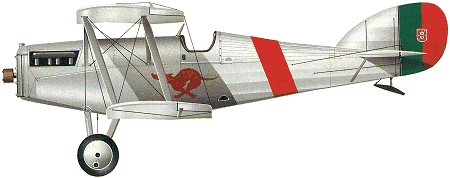
To solve this problem, Martinsyde designed a new fighter based on the F.3, but powered by a 300 hp (224 kW) Hispano-Suiza 8 engine, the F.4 Buzzard. The Buzzard, like the F.3, was a single-bay tractor biplane powered by a water-cooled engine. It had new lower wings compared with the F.3, and the pilot's cockpit was positioned further aft, but otherwise the two aircraft were similar. The prototype F.4 was tested in June 1918, and again demonstrated excellent performance, being easy to fly and maneuverable as well as very fast for the time. Large orders followed, with 1,450 ordered from Martinsyde, Boulton & Paul Ltd, Hooper & Co and the Standard Motor Company. It was planned to equip the French Aéronautique Militaire as well as the British Royal Air Force, and production of a further 1,500 aircraft in the United States of America was planned.
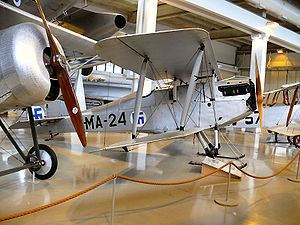
Deliveries to the RAF had just started when the Armistice between the Allies and Germany was signed. Martinsyde was instructed to only complete those aircraft which were part built, while all other orders were cancelled. The Buzzard was not adopted as a fighter by the post war RAF, the cheaper Sopwith Snipe being preferred despite its lower performance.
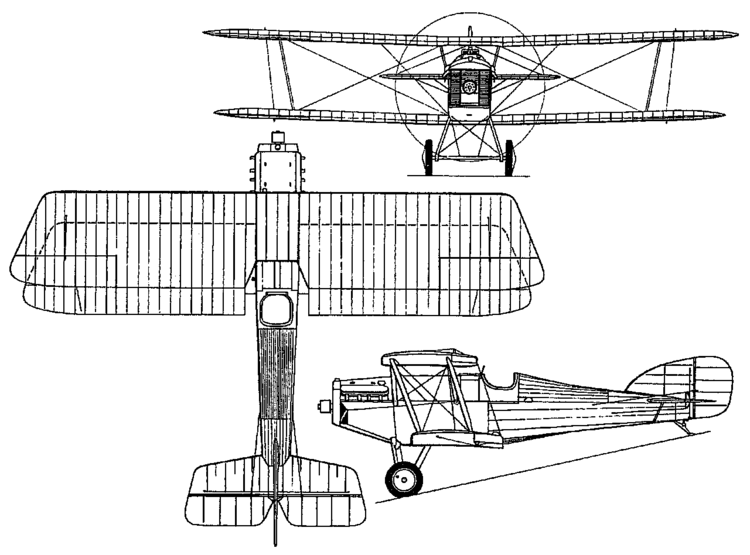
Martinsyde continued development of the Buzzard, buying back many of the surplus aircraft from the RAF, and producing two-seat tourers and floatplanes. After the bankruptcy of Martinsyde in 1924, these aircraft were obtained by the Aircraft Disposal Company which continued to develop and sell F.4 variants for several years.
Operational history
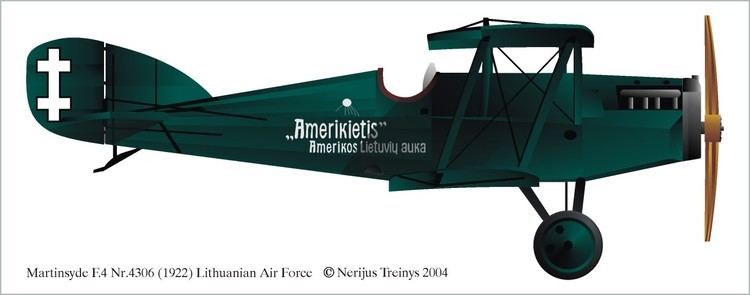
Despite the very limited production, four of the six Martinsyde F.3s ordered were issued to Home Defence squadrons of the RAF in 1918, with two being operated by No. 39 Squadron RAF on 8 July 1918 and one used by 141 Squadron. The RAF received 57 F.4 Buzzards before the end of the First World War, but these did not reach operational squadrons. In the immediate post war period, two Buzzards were used as high speed communications aircraft in support of the British delegation at the Paris Peace Conference in 1919, while a few other Buzzards were used at the Central Flying School.
While the postwar RAF did not want the Buzzard, Martinsyde had more success selling the Buzzard overseas, with single and two-seat versions being sold to a number of air forces, including those of Spain (30 aircraft), Finland (15 aircraft) and the Soviet Union (100 aircraft). Some of these aircraft had long careers, with six of the Spanish Buzzards remaining in service at the start of the Spanish Civil War. Following the bankruptcy of Martinsyde, the Aircraft Disposal Company managed to sell eight Jaguar engined versions, the ADC.1 to Latvia, two of these remaining in service until 1938.
Many Martinsydes were sold to civil owners being used as Tourers, racing aircraft and for survey and seal spotting work in Canada.
Variants
Operators
Specifications
Data from War Planes of the First World War: Volume One Fighters
General characteristics
Performance
Armament
